IELTS Reading Flowchart Completion Questions
This article, therefore, will mention general information about IELTS Reading Flowchart Completion Questions and what are the strategy and tips to exploit most of this question type in the IELTS Reading test.
1. Introduction to IELTS Reading Flowchart Completion Questions
With the aim of describing a process, Flowchart Completion Questions in IELTS Reading test are shown in the form of a list of steps in order. In these tasks, you will be presented with a flowchart with a number of blanks that require you to fill in based on the information in the reading passage.
There may be a horizontal or a vertical flowchart with upward/downward arrows or lines in between the statements. Those statements, however, are frequently not long so that you can easily catch the idea of each and locate the information in the text.
Here are some examples for IELTS Reading Flowchart Completion Questions:
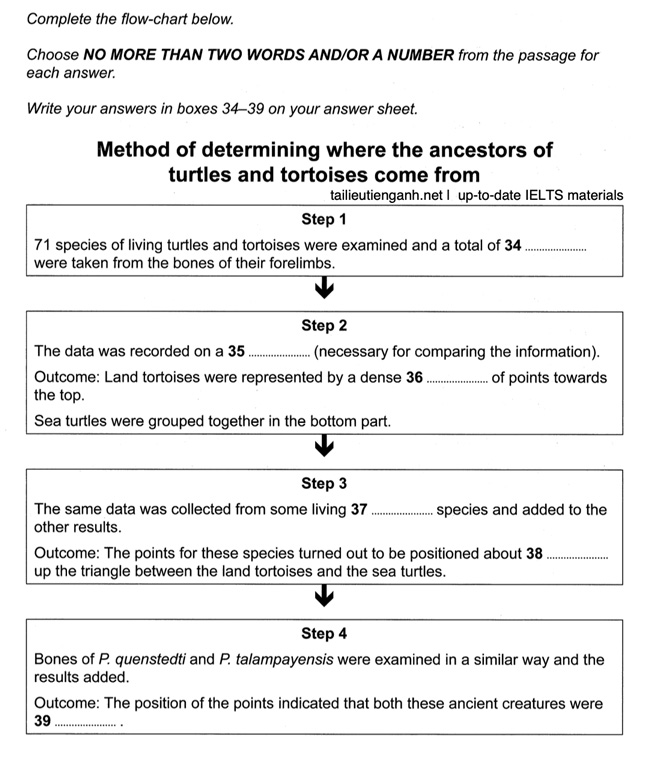
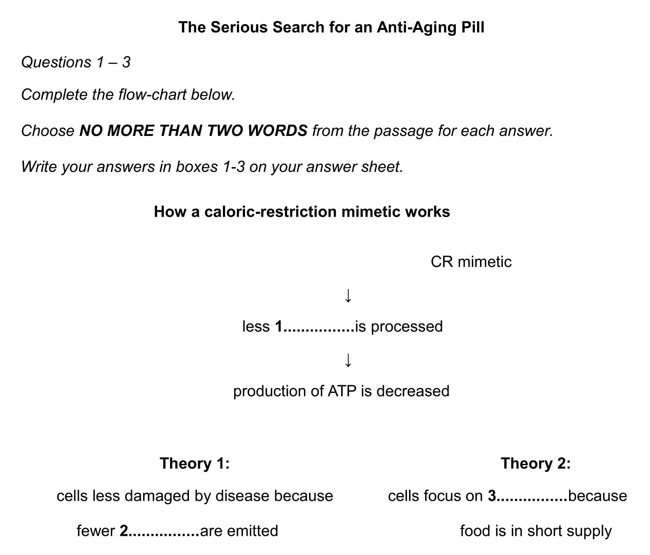
With Flowchart Completion Questions, the examiners want to test your:
- skimming technique to get the general information in the flowchart
- scanning technique to search for the correct information in the reading text
- reading in detail for meaning
- ability to identify and understand keywords, synonyms and paraphrases
These strategies and tips below will hopefully help you to score well with IELTS Reading Flowchart Completion Questions.
Let’s get started with our free IELTS online test to pass your exam on your first attempt.
2. IELTS Reading Flowchart Completion Questions Strategy
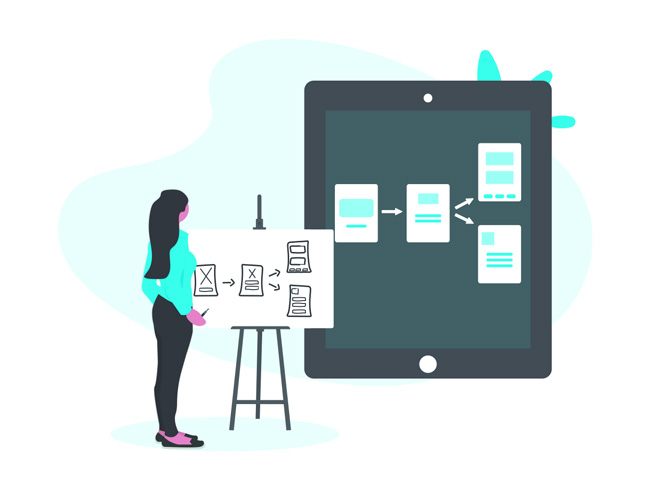
a. Read the questions and requirements carefully
Normally, Flowchart Completion Questions require you to complete each blank with a certain word limit, hence, don’t forget to look at the instruction and highlight or underline the number of words allowed to write.
b. Read the flowchart and Identify keywords
The same step for the Flowchart Completion Questions that you need to find keywords while reading the flowchart. The best choice is to look for unchangable words such as names, places, dates, etc. For this question type, you are more likely to find technical terms, years, countries, etc.
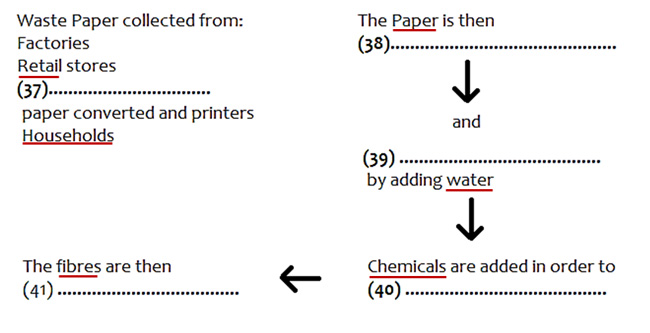
For changeable words, try to think of synonyms or paraphrases that can appear in the reading text.
c. Predict the answers
Prediction for each blank can be made on the basis of word type (verbs, nouns, adjectives or adverbs) or grammatical rules.
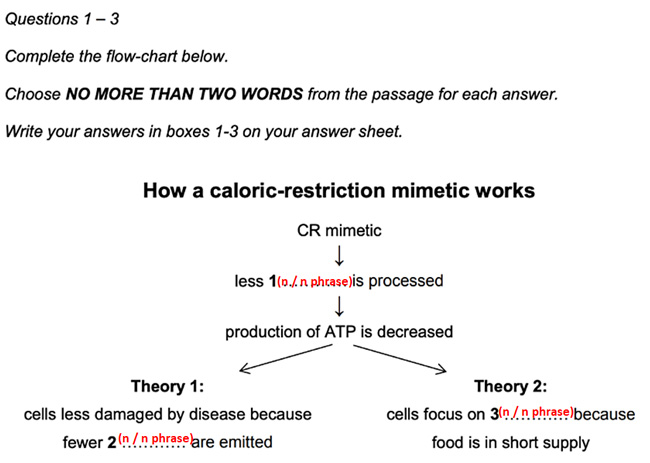
d. Locate keywords in the reading text and read around in detail
It’s now time to find where the identified keywords are in the reading passage and read the information around those thoroughly to make sure that you understand the context and have the answer for each question. It’s better for you to follow the order of the flowchart since this is a process and those blanks will be arranged in sequence.
e. Cross-check the information with each gap to give the final answer
You need to check the information you have read and understood with each gap in the flowchart so that the answer will be correctly found.
f. Double-check the answers
Your answers must have correct grammar and spelling apart from the meaning.
>>> Read more: Matching Information Questions
3. Tips for IELTS Reading Flowchart Completion Questions

- Avoid blind reading at the first time of reading but take time to analyse the questions and instructions
- Complete the flow chart with the actual words in the reading passage instead of applying background knowledge or personal experience
- Don’t leave any gaps blank, write down your predictions if you are unsure about the answers and you may get a point
- Prioritise the easier questions and move to the next one if there is a question that makes you stuck in
- It’s worth identifying the word type and making predictions for each gap so that you can save time later
- Take the most advantage of the grammatical structure, collocations, or meaning can help you with checking your answer
- Take your time to transfer the answers to the answer sheet while completing the task because the 1-hour time span in total for the IELTS Reading test doesn’t allow you to have extra time for checking and transferring them.
It is always suggestible to take advantage of the IELTS Reading Flowchart Completion Questions to level up your overall IELTS Reading band score. As long as you have a suitable strategy and practice with this question type as many times as possible, you can manage it well.
Install IELTS TEST PRO now to see more types of IELTS Reading questions and practice Flowchart Completion Questions with us!